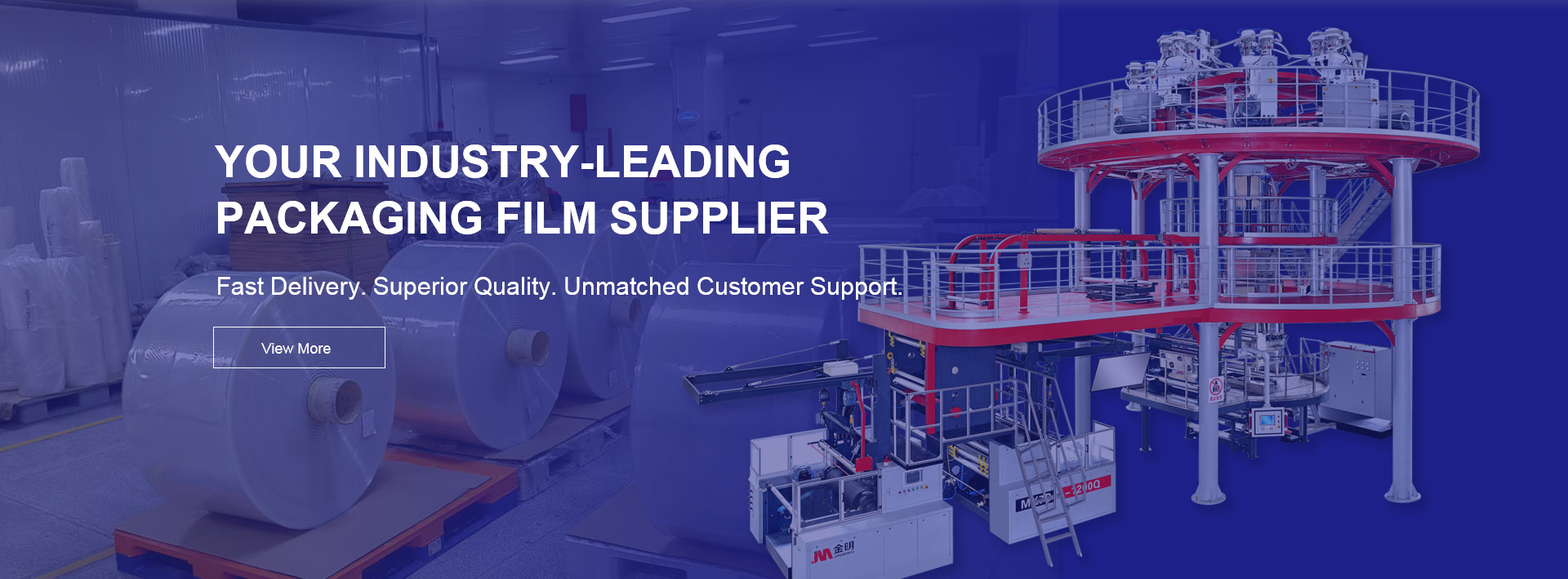
With the increasing usage of thin-films materials in various industries, it has become important to comprehend the effects that their manufacture and recycling have on environment. The thin films are used for various purposes ranging from electronic devices and solar panels to medical equipment and food packaging. While these materials have many advantages, their production and disposal could also become a source of ecological problems. This article looks into environmental impact of thin film manufacturing process as well as recycling efforts being made to reduce its carbon footprint.
What Are Thin-Films?
Thin layers are films of material with thicknesses often between several micrometers to few nanometers which are deposited onto other substrates for different purposes such as electrical conductivity, chemical resistance or optical clarity. Different industries utilize distinct types of thin films including metals, ceramics, polymers and composites.
Applications of Thin-Films
They are critical components in many applications because of special properties exhibited by these films. Some applications include:
Electronics: They form part of important sections inside microchips, transistors as well as displays making even smaller electron devices possible.
Solar Panels: Photovoltaic cells that convert sunlight into electricity use thin-film technology which makes them eco-friendly energy sources.
Packaging: Barrier thin films are utilized in food packaging to prevent moisture, oxygenation as well as contamination thus increased shelf life span and reduced wastage.
Medical Devices: Biocompatible coatings, for example polymer based ones are employed on surgical implants so they can better perform their intended functions thereby extending this technology domain towards the biomaterials area.
Environmental Challenges Concerning Thin-Film Manufacture
Resource Consumption and Waste Generation
The production activities involved in producing these materials consume a lot of resources hence leading to significant environmental impacts. During extraction processes thereby generation of waste energy and other materials are involved. Also, the manufacture usually involves use of hazardous chemicals as well as solvents which bring about risks to humans and environment.
Energy-Intensive Manufacturing Processes
Thin film manufacturing requires large amounts of energy because it has to be done under very specific conditions like chemical vapor deposition and physical vapor deposition. The processes produce lots of greenhouse gases thereby contributing to climate change. Reducing the energy involved in the thin film manufacturing is therefore a major concern for this sector.
Environmental Pollution
If not properly managed, toxic chemicals and heavy metals used in making these films can lead to environmental pollution. Emissions from factory plants and wastewater discharges can contaminate soil, air, water thus affecting ecosystems and human beings as well. Therefore adopting proper methods for waste disposal into air should be done in order to minimize these effects.
Advancements in Sustainable thin-film production
Eco-Friendly Materials
eco-friendly thin-film materials with limited impact on the environment that have been produced by researchers and industry players include biodegradable polymers; bio-based materials; and green alternatives that are free from toxins such as non-toxic solvents as well other chemicals usually used traditionally. By minimizing hazardous substances dependency, this technology ultimately contributes toward reducing its ecological footprints.
Energy-Efficient Manufacturing Technologies
Innovations such as low temperature deposition techniques or roll-to-roll processing are helping to reduce energy consumption during production of thin films. Besides being more environmentally friendly than their conventional counterparts, these technological breakthroughs also help lower costs associated with manufacturing them, hence boosting their potential of becoming economically viable sustainable thin films.
Initiatives toward circular economy
Thin film industry is increasingly taking up the principles of circular economy. Companies are exploring how to recycle and reuse material, prolonging the life of thin films and cutting down on waste. The manufacturers can minimize resource use and environmental impact by recovering valuable materials from products at the end of their lives through closed-loop systems.
Recycling’s Role in Reducing Environmental Impact
Challenges in Thin-Film Recycling
Recycling thin films is a very different process from recycling plastics or other types of solid waste. The advanced technology used for identifying these substances and processing them so as to recover what could be recycled has not yet been developed fully. At the same time, it should be mentioned that thin-film recycling issues are usually caused by their hazardous composition which requires careful treatment to prevent any damage done to our environment.
Innovations in Recycling Technologies
However, there have been significant advancements made in thin-film recycling technologies despite these hurdles. There has been an increase in mechanical and chemical processes applied for recovery of thin films’ constituents. This way, we can avoid using virgin materials since valuable components can be obtained during advanced separation techniques (solvent-based extraction, electrochemical recovery), thereby reducing environmental impacts.
Benefits of Recycling Thin-Films
There are various ecological benefits associated with recycling thin films such as:
Resource Conservation: This process conserves natural resources while minimizing environmental impact during raw material extraction and processing.
Waste Reduction: On the one hand, it helps us reduce waste generation through diverting of thin films from landfills, thus preventing pollution.
Energy Savings: In general terms, however, a lower amount of energy is likely to be spent when performing recycling than on creation new things out of nothing; this contributes towards reducing greenhouse gases emissions.
Conclusion: Towards a Sustainable Future for Thin-Film Technology
Environmental implications surrounding production and recycling operations for thin film industry are vital as it continues to grow. Despite the challenges, sustainable materials, energy-efficient manufacturing practices and recycling technologies are advancing and offer hope for minimizing environmental footprints. In the same manner, however, the entire thin-film sector can act sustainably so that it gives room for further technological development but within its own limits.The demand for thin film materials is on an upswing necessitating stakeholders in industry, researchers and policy makers to work together in executing innovation that will see adoption of sustainable practices. The thin-film industry has a chance to become the leader in offering eco-friendly solutions that involve both society and nature through embracing these changes.